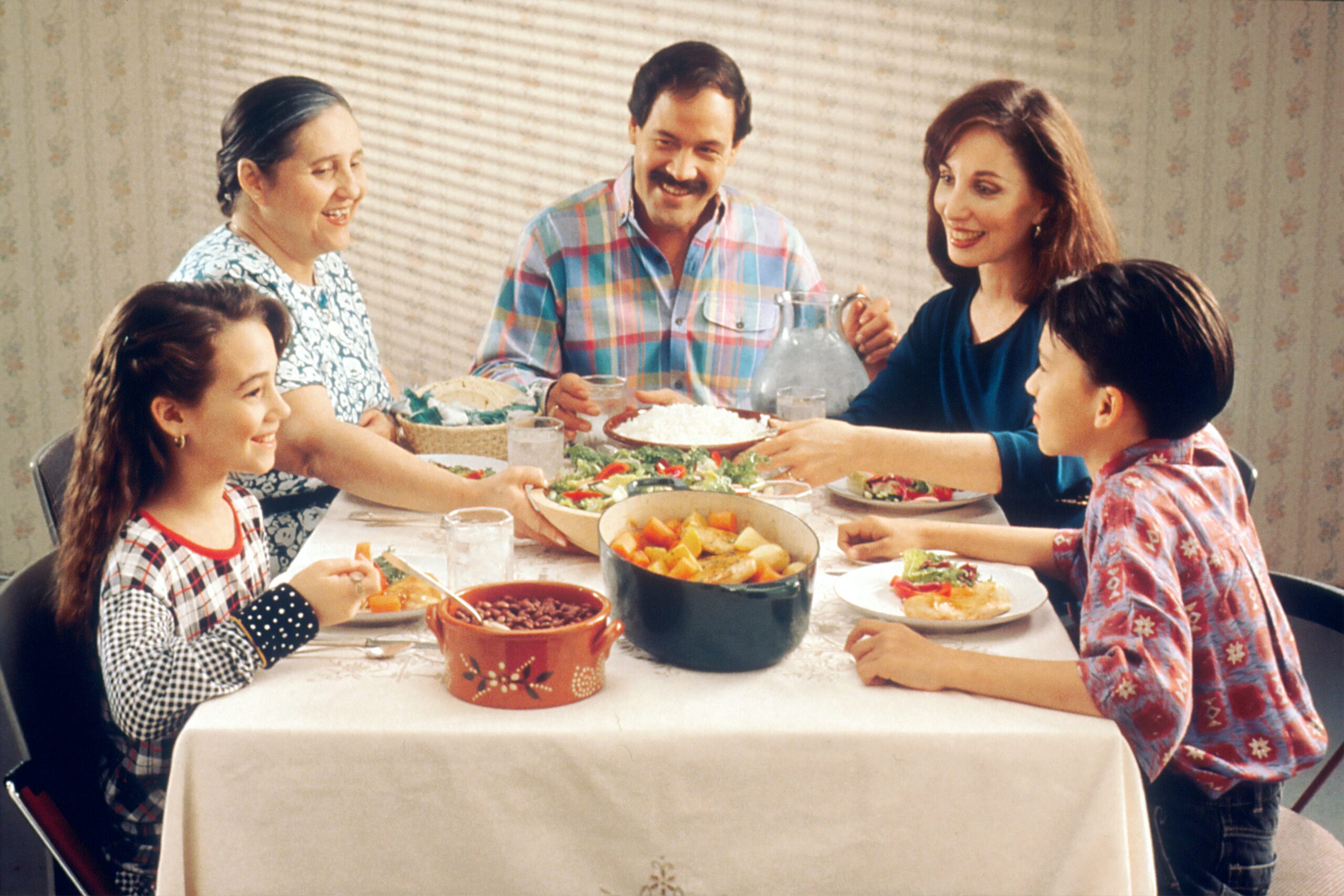James Paul Gee talks a lot about the different types of discourses in, “Literacy, Discourse, and Linguistics: Introduction.” Gee defines discourses as, “[…] ways of being in the world, they are forms of life which integrate words, acts, values, beliefs, attitudes, and social identities as well as gestures, glances, body positions, and clothes.” (Gee p. 6-7) Anyone’s primary Discourse would be their family as that is the first discourse you learn and grow around. You pick up on the way your family talks and the gestures they make, so when you go out into the world that is how you act when initiating in other discourse. Secondary discourse is described as the way you interact with the community outside your home whether it’s at school or church. Your primary and secondary discourse can coincide with one another as you may take certain aspects from one and use them for the other. For example, how you talk in school may have an impact on how you talk at home.
The discourse you use can affect the way you write in school and at work as I mentioned in a previous post for Wardle’s, “You can’t teach writing in general.” Anyone can adapt to different types of writing scenarios, but it is helpful to have a guide on how the person assigning the work wants it to be done. Not every discourse can be used with another depending on the setting, but it is still helpful to know where you can and cannot use each.





Leave a Reply